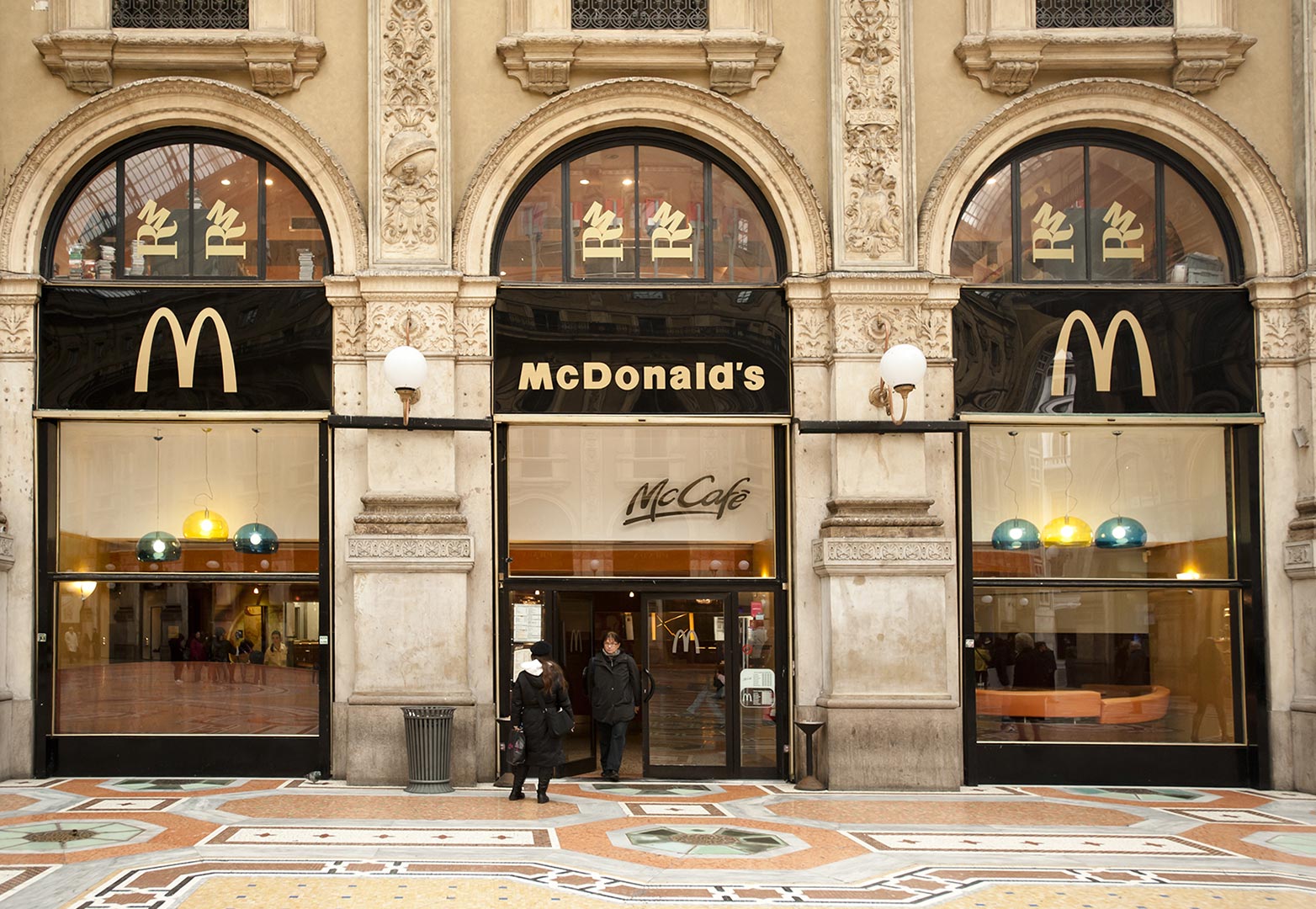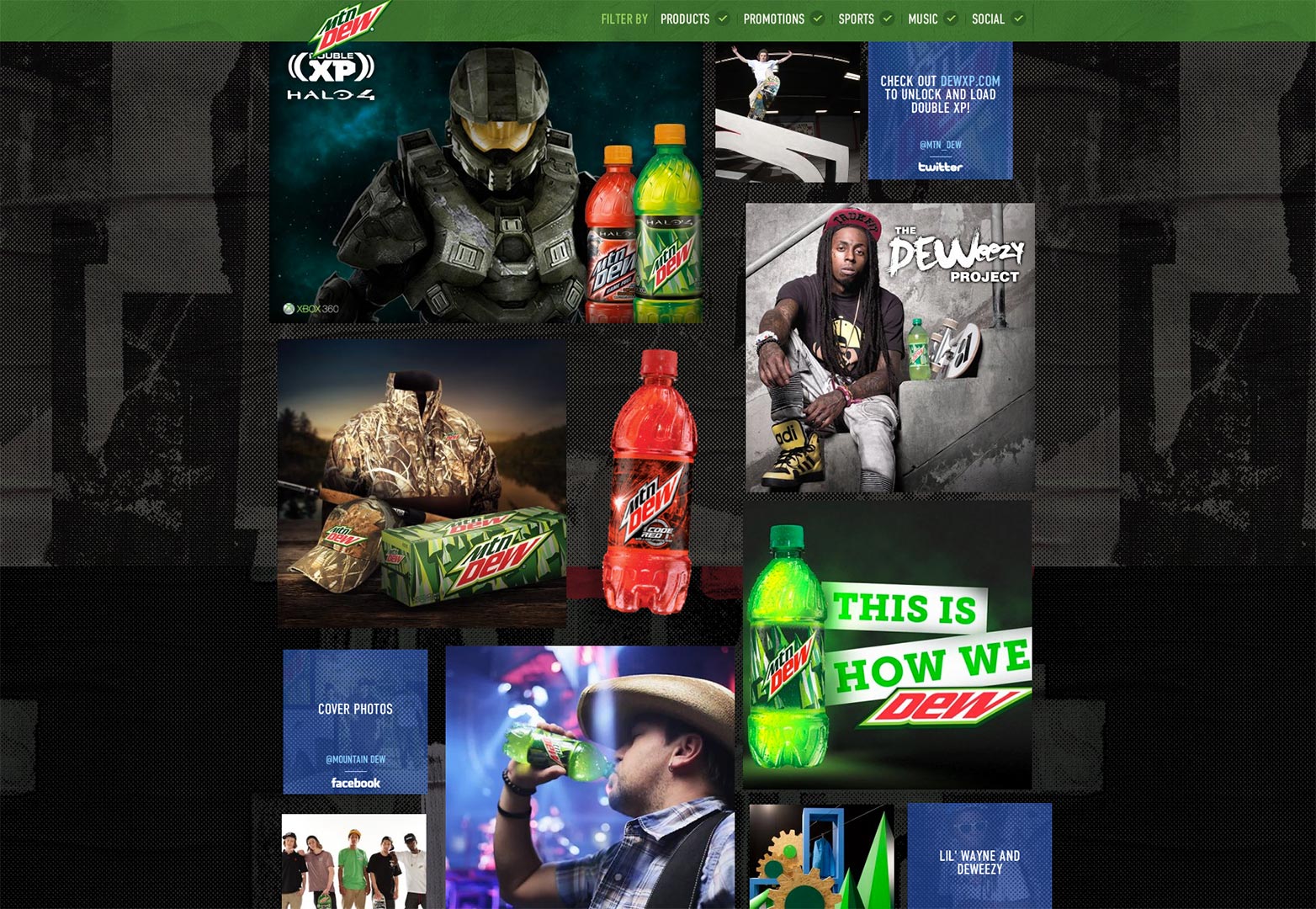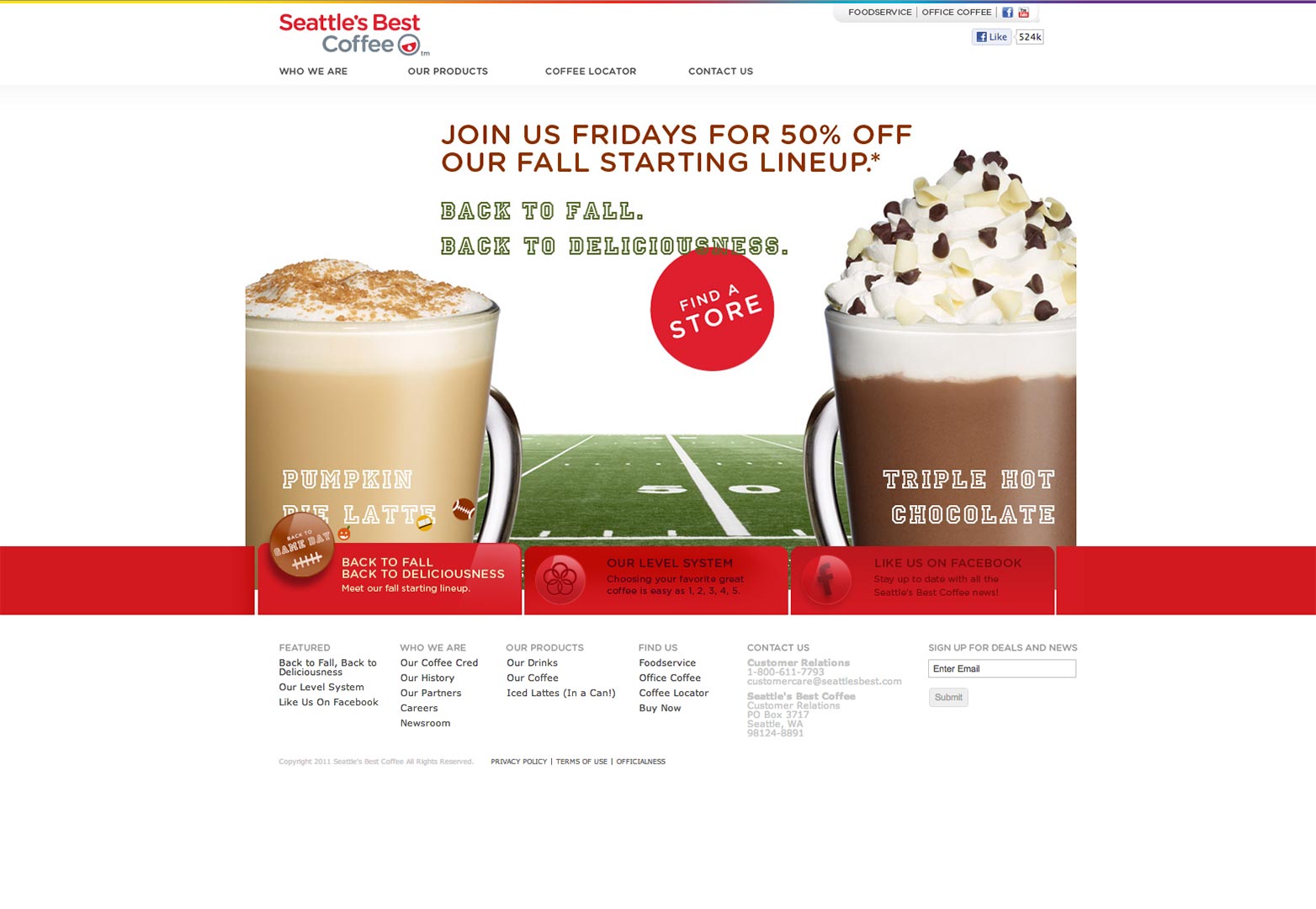
 Recently, I ran into a client that wanted to redesign their company's website. It was made using Flash, and of course wasn't viewable on many smartphones. The site also lacked a central focus and could use a total overhaul; a redesign here was a no-brainer.
Recently, I ran into a client that wanted to redesign their company's website. It was made using Flash, and of course wasn't viewable on many smartphones. The site also lacked a central focus and could use a total overhaul; a redesign here was a no-brainer.
Unfortunately, it's not so cut and dry in all circumstances. To help me with the direction of the design, the client pointed me towards their business card and logo. I cannot begin to tell you how awful it was. The images were pixelated, the logo was cheesy and it just all around sucked. So, of course being the designer I am, I offered to create something that looked better.
It all made sense to me, but after approaching the client, I couldn't come up with a great reason as to why the company needed a better look. Yes, I could make it look better, but why fix it if it ain't broke?
We have all thumbed through blogs, articles and expert accounts telling us when it's time, and how to do a redesign but no one really tells us why we need to offer redesigns, other than to make things 'look better.' How can we assess the need for redesigns to offer the best results for our clients? After some consideration and research, I realized redesigns aren't just a tool of making things look better or offering the latest design trends to clients, but a way to re-energize businesses and brands.
Acts as a revival
When I was growing up, I recall coming to school and seeing everyone in Keds. From the teacher to the kids, Keds were extremely popular. I mean, if you didn't have a pair you better be wearing another sneaker like Nike or something. If not, you were an outcast. While Keds had been around for a while, the 80's and early 90's were around the time they picked up a little popularity.
And just as quickly as they rise, they can fall. Fast forward to the 00's and you may have noticed there weren't a lot of people looking to purchase Keds. They were associated with an older generation who wanted a simple, light-weight shoe to get someone from point A to point B. It was no longer a fashion statement to wear the sneakers and if you were seen in them, you were again an outcast because no one was wearing the shoe.
Resume at 2012 and Keds are back. There isn't much hoopla about the shoes, but people won't shoot you dirty looks for wearing them. How did this business make a comeback? They decided to add some new colors and newly designed shoes. Keds added a bit of flavor to their products by redesigning what they already had and creating a new look with other shoes. They're so popular that a couple companies are trying to get in on the success by making copy-cat shoes.
Are Ked shoes resurfacing just a trend? It's a possibility, but they returned nonetheless. How? They did it through redesigning their shoes and making people take notice. Just when you think a company is dead, design has the ability to breathe new life into it. You can create something new or enhance what's already there through design, whether it be product design or logo design. If you catch a client that is looking for that second chance, don't let them invest in marketing and business strategies when a redesign can be just as, or even more successful.
Enrich and educate customers
Some people like to do complete redesigns without letting their customers and supporters know what they are doing. In some cases, that's fair, but I believe if you are doing a completely new thing, you should let them know. Not just because it's the right thing to do, but because it can add excitement and you can use it as an opportunity to educate.
Some redesigns want to return to the roots of a company, so one could use that as an opportunity to teach customers something. Even if you take a completely new route, there's an opportunity to educate customers one way or another.
McDonalds image via pcruciatti / Shutterstock
A highly underrated benefit of redesigns is that they really can inspire your consumers. If you create something that's extremely creative, it rubs off on people and they decide they want to get creative. If you've created something innovative, they decide they want to innovate themselves or whatever they have going on. It can be a domino effect that has positive reach.
While we could stop at the customer level, always keep in mind that competition is watching. If your redesign innovates or creates that new thing, you can guarantee a competitor's going to want the same things. Your redesigns have the opportunity not to just enrich customer lives, but be industry-changing as well.
Increase involvement and connection with customers
One thing that customers love is feeling like they actually have a say in what a company does. Part of creating deeper relationships with customers is allowing them to feel like they are cultivating their connection with a brand. If you're a loyal customer of a brand, you feel like you have the right. For example, I'm a loyal Mountain Dew fan and I seriously believe I have some of the best ideas for them; namely, they need to put more bottles of 'Voltage' in stores. If some way or another they got that memo, I'd be totally smitten with my favorite brand and I'd be more likely to share it with others.
With re-designs, you can ask the opinion of your customers or even get them involved. Many companies have done design contests opened up to whomever so they can get better ideas of which way to go. Mountain Dew even allowed customers to pick new flavors and design cans. It was a big event that not only called on customers for action, but allowed them to be recognized for their inputs.
Another company that did this in a somewhat backwards way was Gap. They decided they wanted to redesign their logo and the backlash was excruciating. There were critiques here and there, articles and videos about how awful the new logo was. In most cases, a company wouldn't have listened and kept what they had (see: Pepsi etc.). The Gap brand heard their customers and decided having upset customers wasn't worth trying to redesign their logo. Eventually, they switched back to the original logo and everyone was happy again.
Expand customer reach
In another way, design has the ability to connect with people in different ways. When you do choose to fulfil a redesign that goes in a completely new direction, there's a chance that you will either leave or pick up others. Design is attractive to those that like it, and it's obvious that certain styles attract certain people.
If a business is pretty solid in customer loyalty in one demographic they may try to reach out to another. If a business is not happy with their current demographic, they may attempt to reach another. Either way, design can help out. For example, the little coffee folks at Seattle's Best had a nice little "small, hometown coffee shop" look with their previous logo design. It almost reminded me of family time in front of a fireplace. They decided that wasn't really what they were going for and wanted to go for a bit of a younger, quicker crowd — so they redesigned. And while their current logo is kind of 'meh', it's much more bold, playful and younger, which will surely attract younger customers.
Picking the right customers or even the right niche can determine the success or failure of a business or brand. If things need to be switched up, marketing strategies and research don't have to be first on the to-do list. The right design is great at attracting the right king of customers.
Conclusion
Many designers and clients barely understand the strategical values design possesses. Once everyone really begins to understand the potential of success using design, it's easy to believe businesses will hit new levels of success. When a client or business wants to hit one of the points mentioned above, design is almost always at the bottom of the list. Everyone wants to look into research, what should logically be done or what's been done in the past.
In the meantime, design is a great way to make deeper connections between business and customer than people tend to recognize. Re-energizing sounds like a big-name, big-budget concept, but if a company can find good design, or a designer can offer good design, then all these things are possible, no matter the scale.
In your practice, what ways have you re-energized a business or brand? Have you unintentionally done so, if so, what were the results? Let us know in the comments.



















